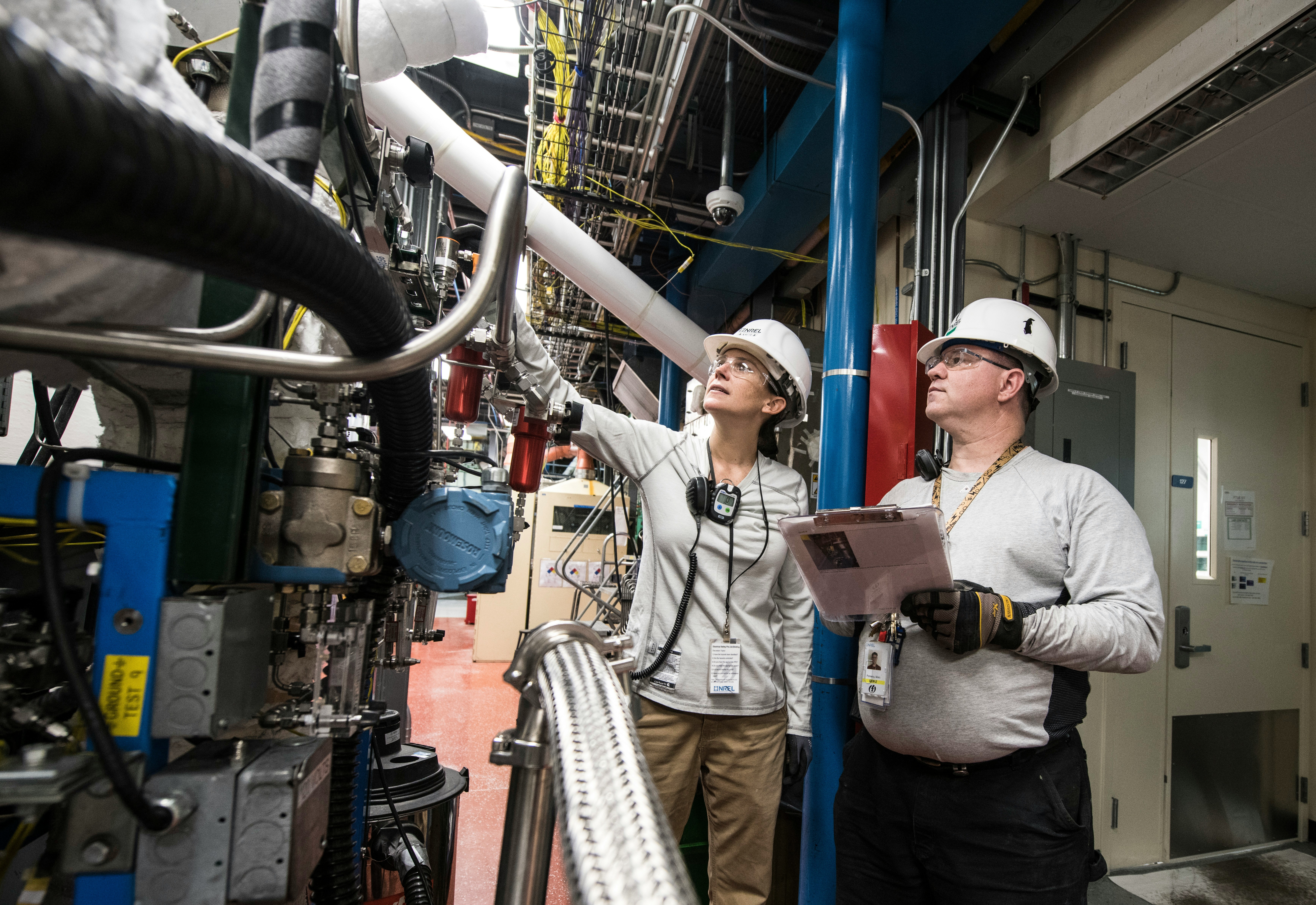It doesn’t matter what business you run — efficient operation is essential if you want to reap good results. So, if you have a manufacturing business, efficiency will not only help increase productivity but will also reduce waste and other environmental hazards. Most importantly, an efficient operation will further reduce the cost of running a factory, which ultimately increases your profit margin. Naturally, a factory enjoying these benefits will also roll out quality products, which will lead to more sales and improved public image.
That being said, if you want to improve efficiency in your factory, the following five tips will help.
1. Keep your manufacturing plant organized.

Good organization is crucial for an efficient workplace, which is why it’s a good idea to inspect the layout of your work area. You’ll first have to check if the tools are easy to access from the packaging area. If not, it’ll help if you reorganize the space for easy movement of employees, to ensure a swift workflow. For instance, blocking or opening access to some areas can encourage the use of proper channels.
Commercial hollow metal doors can also be introduced to restrict access where needed within the work area. If you’re not sure where to find hollow metal doors for your factory floor, companies like CDF are a great place to start. They supply commercial doors and hollow metal doors crafted from reinforced and insulated materials, which makes them last much longer than wood doors. Furthermore, all their commercial doors are approved by the Underwriters Laboratories (UL), American Society for Testing and Materials (ASTM), National Fire Protection Association (NFPA), and the American National Standards Institute (ANSI). For organization and factory safety on the shop floor, it’s a good idea to invest in quality commercial doors and frames.
2. Evaluate your existing workflow.

For general improvement in your manufacturing operations, you need to know what areas need changing. It’s a common error to think more labor will automatically make work faster. It may help, but that’s not always the case. In fact, the following two areas can be assessed in your factory workflow to determine where changes can be made.
First, inspect the specific stages of production that aren’t working. Then, eliminate bottlenecks, redundancies, and enforce quality assurance measures. In that regard, companies like Incito, a business consulting firm that offers 5s lean training, can help. They’ll help your company eliminate waste and common bottlenecks that limit efficient operation. You can also schedule a consultation to gain access to their 5s methodology workshops and 5s software solutions.
In terms of equipment and technology, keep in mind that you can’t run a manufacturing business with outdated equipment, and still expect to operate efficiently. It’s a good idea to compare your current equipment with the latest technology trends and replace those that are too old or defective.
3. Invest in staff training.

Regular training exercises will help keep your business operations afloat. Training will also ensure that employees use all equipment according to the company’s policy while enforcing hygiene and safety. Altogether, this will promote uniform company culture and ethics.
4. Reduce waste.
Waste is very common in the manufacturing workspace. It can be very challenging to eliminate, but it’s not impossible. Your factory should strive to eliminate waste to keep a high-profit margin in the long run. To minimize waste, you can try using less material for packaging, recycling, or selling scrap to other companies and using available material in production.
5. Automate your supply chain.
Managing the supply chain is one of the most critical aspects of the manufacturing process. If your manufacturing setup is small, a manual supply chain operation might not be a bad idea. However, a medium to large factory needs automation. Whether you’re tracking inventory, ordering raw materials from contractors, or shipping customers’ orders, automation is vital. To further manage your supply chain, you can also consider using software that can forecast demand and revenue.




